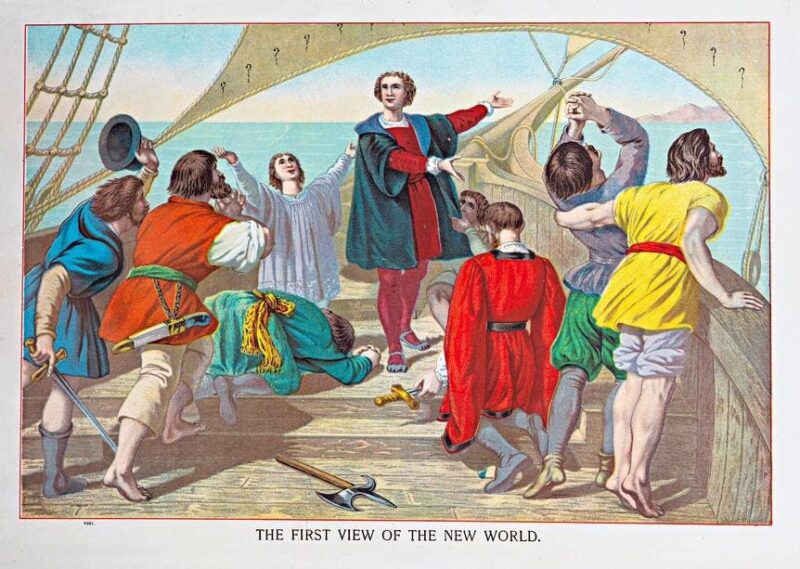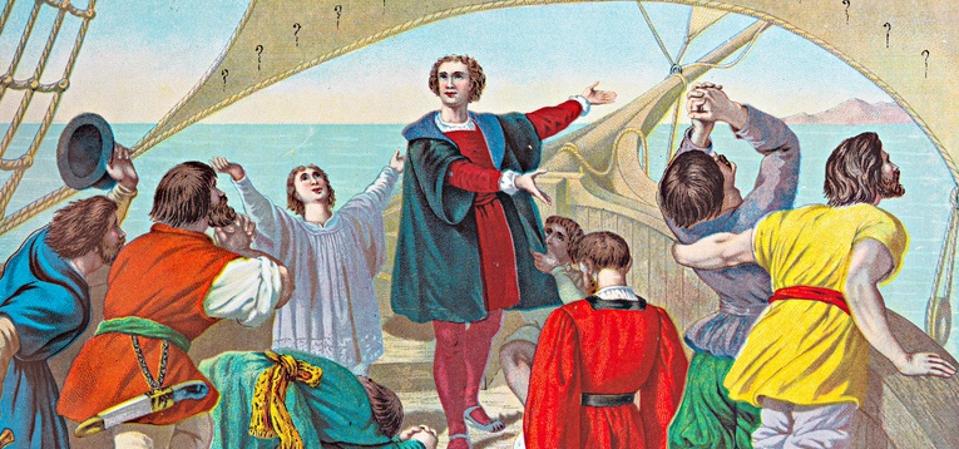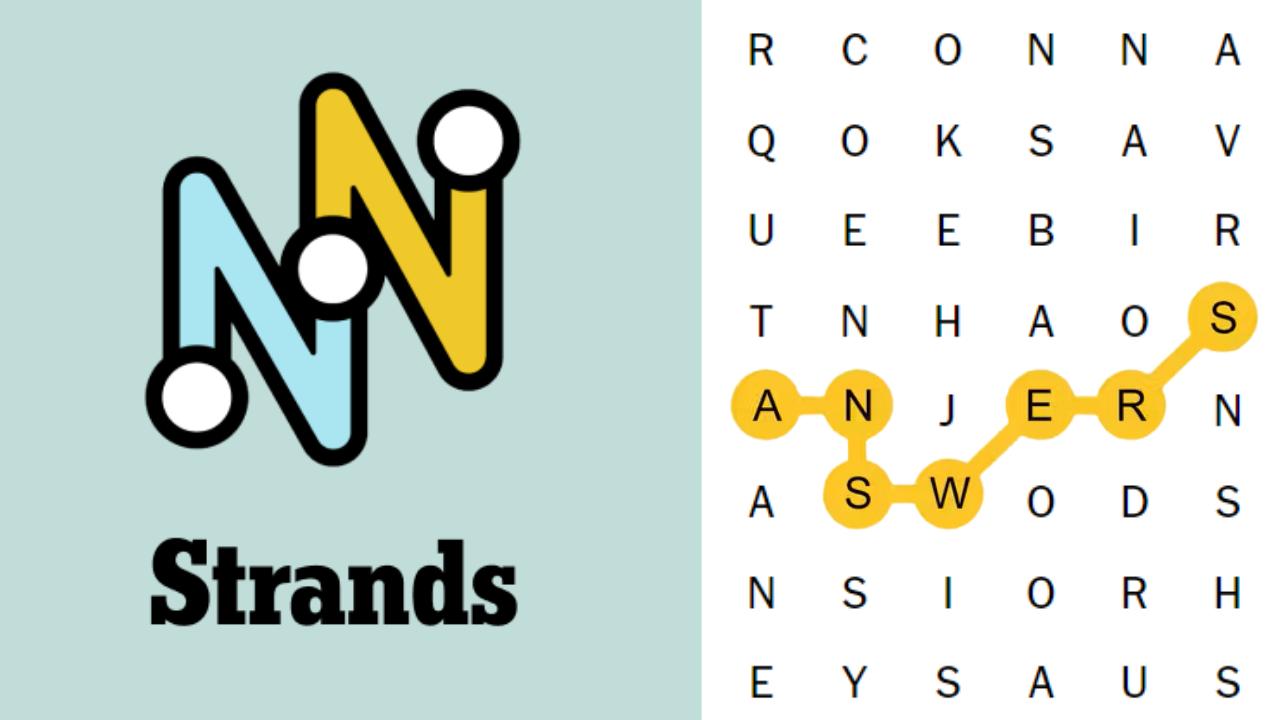Approximately 1000 men traveled to the New World with Christopher Columbus on his second transcontinental crossing in 1493. Their mission was to colonize. Here are the animals they brought with them.
getty
Christopher Columbus’s second Atlantic expedition in 1493 was markedly different to that of his initial voyage of 1492. The first was merely exploratory: he had three small caravels and a goal for discovery. His second voyage, however, was purely a colonization effort: seventeen ships, roughly a thousand men and the explicit objective to establish settlement in the islands of the Caribbean.
Along with the human settlers, Columbus’s fleet also carried an array of non-human cargo — both intended and unintendedly. With livestock, he intended to establish a European-style behavioral and agricultural system in his New World.
Here are five of the animals that were invited to Columbus’s New World in 1493, and how they fared in this foreign land — according to records on the Columbian Exchange.
1. Horses
Horses (Equus ferus caballus) were familiar symbols of European power. Their relationship with humans then was largely work- and transport-related. Hence, Columbus’s colonizing fleet brought Andalusian stock to Hispaniola.
Transporting large mammals across the Atlantic in the 15th century was, logistically, a rather challenging feat in terms of feed, space and potential disease. Nevertheless, records note horses arriving in the Caribbean with Columbus’s second voyage. The horses found room to roam and reproduced.
Though initially limited to the islands, they provided settlers with transportation, military advantage and later, via escape or release, became feral. Eventually, their escape allowed them to spread into mainland contexts
The reintroduction of horses into the Americas had many consequences: native fauna and indigenous societies weren’t used to large, hoofed domestic equids. In time, Native American societies on the Great Plains would go on to adopt horses and transform their cultures. However, this process began decades later.
2. Cattle
Cattle (Bos taurus) were brought to the Americas for both their meat and milk. Eventually, they were also used for draft and herd-management systems under European colonial agrarian models. Despite how large and demanding cattle can be, they managed to survive the voyage, and were disembarked on Hispaniola.
The hot, humid Caribbean conditions weren’t ideal for all breeds, but the settler cows and bulls were eventually able to adapt. Cattle, in turn, became a staple of colonial agriculture, so much so that feral herds eventually proliferated in some regions.
The introduction of cattle changed various aspects of North American agriculture — such as regimes, vegetation structure and soil compaction. However, they also competed with native species for habitat. From an ecological standpoint, the introduction of large herbivores into a new terrain will almost always be disruptive.
In this case of the Columbian Exchange, cattle were part of the planned ecological reshaping of the New World. Quite clearly, their legacy persists in both modern livestock systems and wild cattle populations.
3. Pigs
Pigs (Sus scrofa domesticus) were both a logical and obvious choice in colonial provisioning. They’re well known for their rapid reproduction, ease of care, meat source and adaptability. Notably, pigs had a much higher survival rate than other animals that were shipped trans-Atlantically. In turn, they were introduced to the New World much earlier; by extension, they also made their way into the wild much earlier, where they were able to rapidly reproduce.
Once in the New World, pigs became feral in many places. They rooted in soil, damaged various kinds of crops, spread disease and destroyed multiple types of native habitats. Over time, pig populations became invasive, as they created ecological challenges for both colonizers and native peoples alike. Their adaptability made them potent pests.
4. Sheep
Sheep (Ovis aries) were livestock for wool, meat and hides, all of which were highly important commodities for the European settlers. Sheep arrived via the second voyage, and later Spanish colonists continued to introduce them.
Sheep were significantly less free-ranging than pigs or cattle were, as they required managed flocks. Given the different climate and parasites of the Carribean, they had mixed success. But much like their fellow grazers, sheep effectively altered the state of vegetation and soils in the Americas, while also competing with native ungulates and flora. In other words, the introduction of sheep to the New World altered the very functioning of American ecosystems.
5. Goats (And Chickens And Dogs)
Goats (Capra hircus), chickens (Gallus gallus domesticus) and dogs (Canis familiaris) also, unsurprisingly, made the crossing. They were smaller, much easier to feed and provided valuable resources to the settlers. Chickens’ eggs, goats’ milk and dogs’ hunting abilities all played important parts in the flourishing of Columbus’s settlements.
Given their size and hardiness, these animals had much fewer barriers to survival during both the voyage itself and early phases of settlement. Although they aren’t quite as conspicuous as horses or cattle are, they still played a role in the transformation of ecosystems. Goats, chickens and dogs alike provided new trophic links and new diseases, all while competing with native species. Each species broadened the suite of domesticated mammals and birds present in the New World, which became one of the most integral features of the Columbian exchange.
In total, at least a handful of major species were carried on the second voyage of Christopher Columbus in 1493 as part of the deliberate effort to transplant European agrarian and animal-husbandry systems into the New World. These animals were intended for human utility: food, labor and transport. However, once in place, they became agents of ecological transformation.
Does the idea of an “invasive species” instantly change your mood? Take the Connectedness to Nature Scale to see where you stand on this unique personality dimension.









